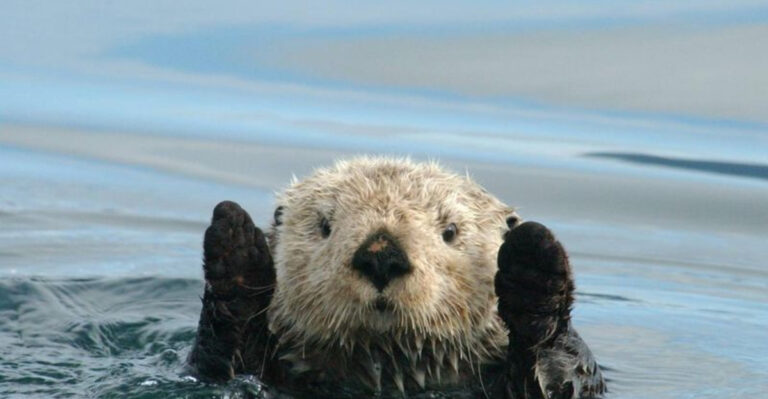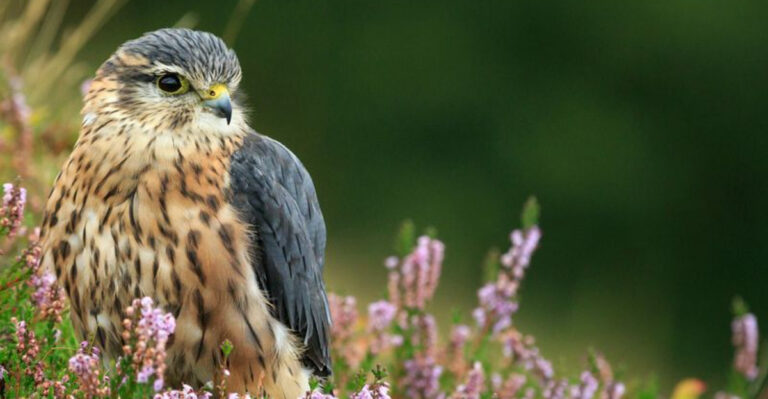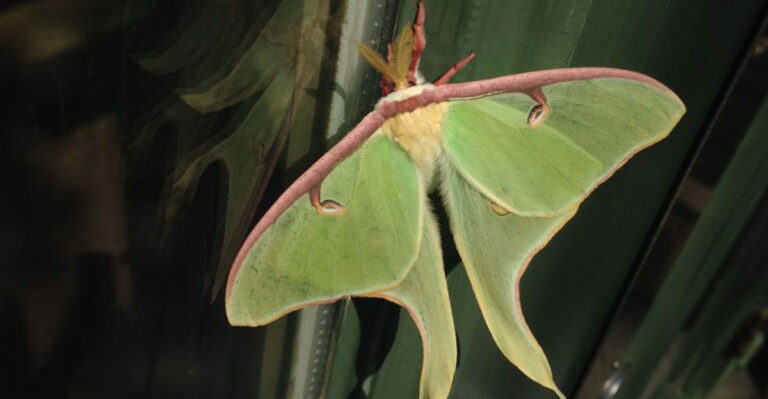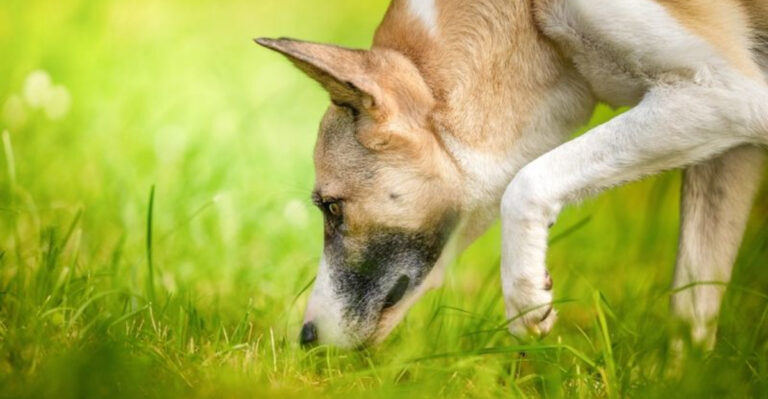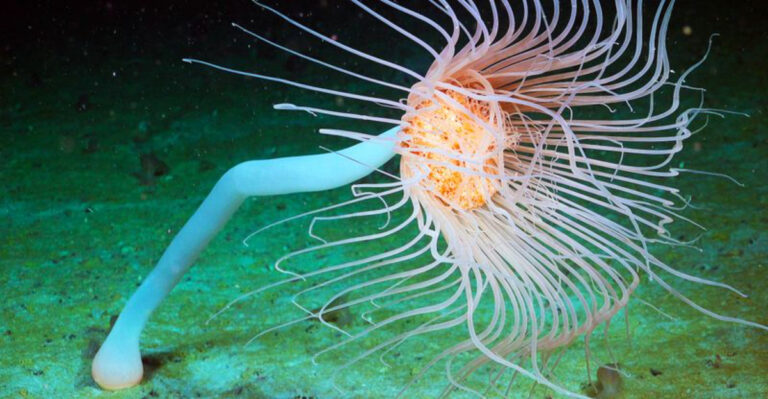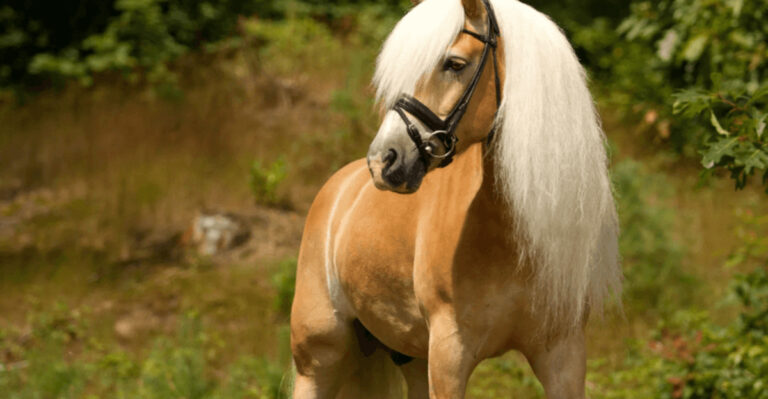14 Fierce Animals Known For Their Aggression And Power
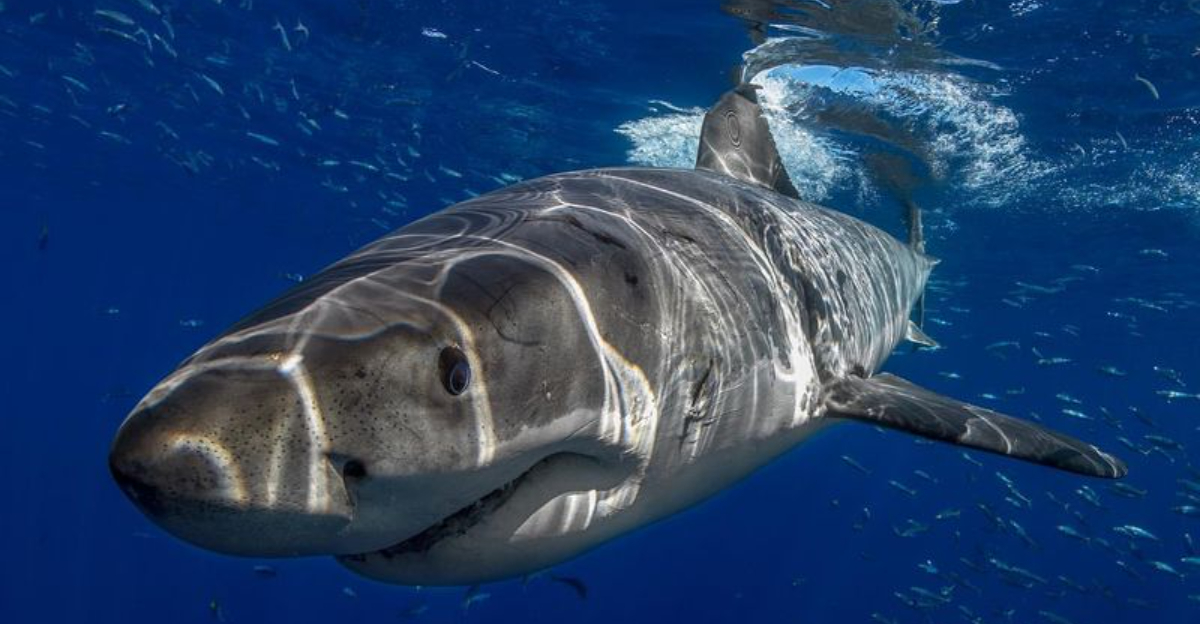
When it comes to the animal kingdom, power and aggression are often survival traits that help certain species reign supreme. From the deep jungles to the vast savannahs, some animals possess remarkable strength, fearlessness, and combat skills that make them feared and respected.
Whether it’s a predator with razor-sharp claws or an apex animal capable of defending its territory with unmatched ferocity, these creatures demonstrate just how intense nature’s battles can get.
1. Wolverine
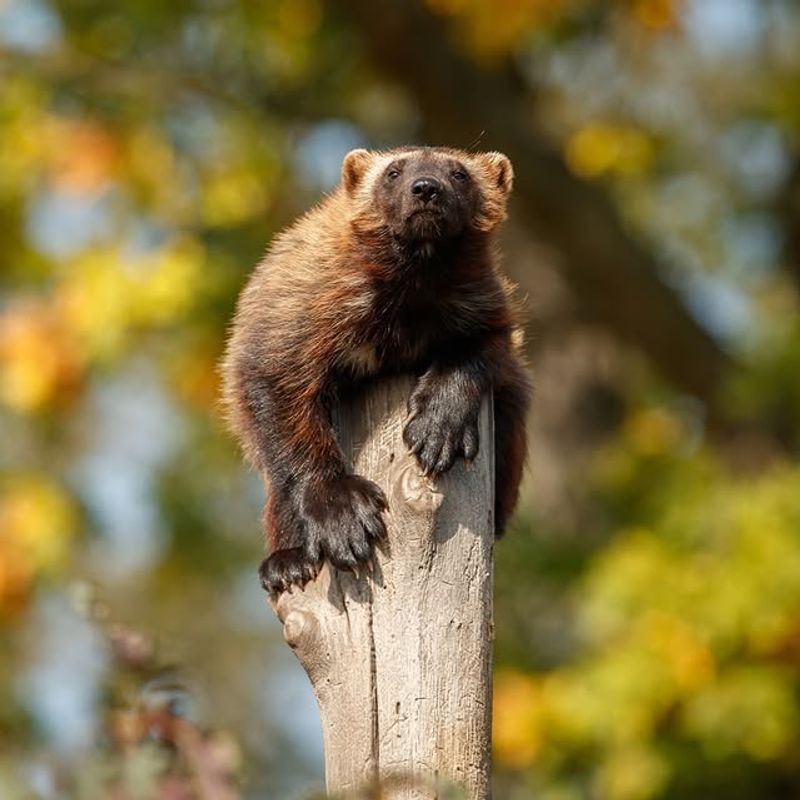
This compact powerhouse is fearless and known to fight off predators much larger than itself.
Wolverines are solitary, relentless, and incredibly strong for their size. Their aggression is matched only by their resilience in harsh, cold environments.
2. Honey Badger
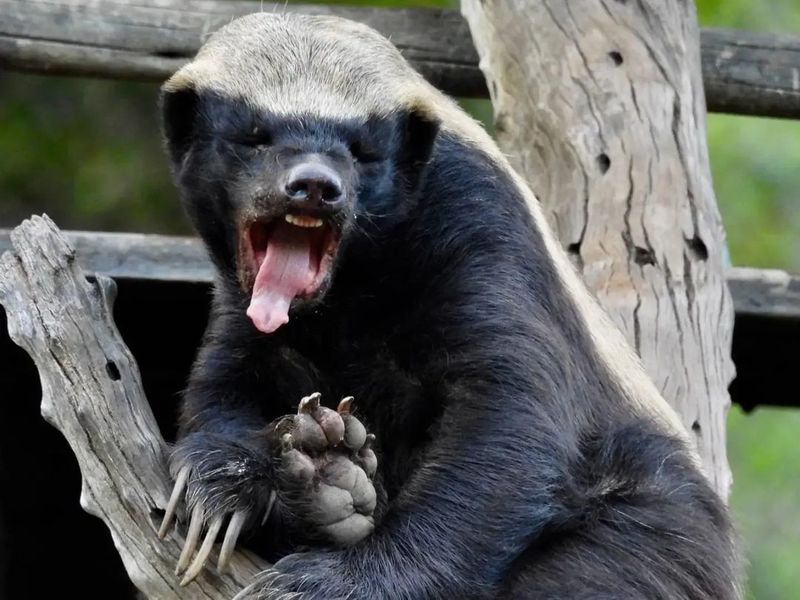
Famous for its “don’t care” attitude, the honey badger will take on animals many times its size—including lions and snakes.
It’s tough, aggressive, and almost impossible to intimidate. Its thick skin and tenacity make it a living legend of fearlessness.
3. African Elephant
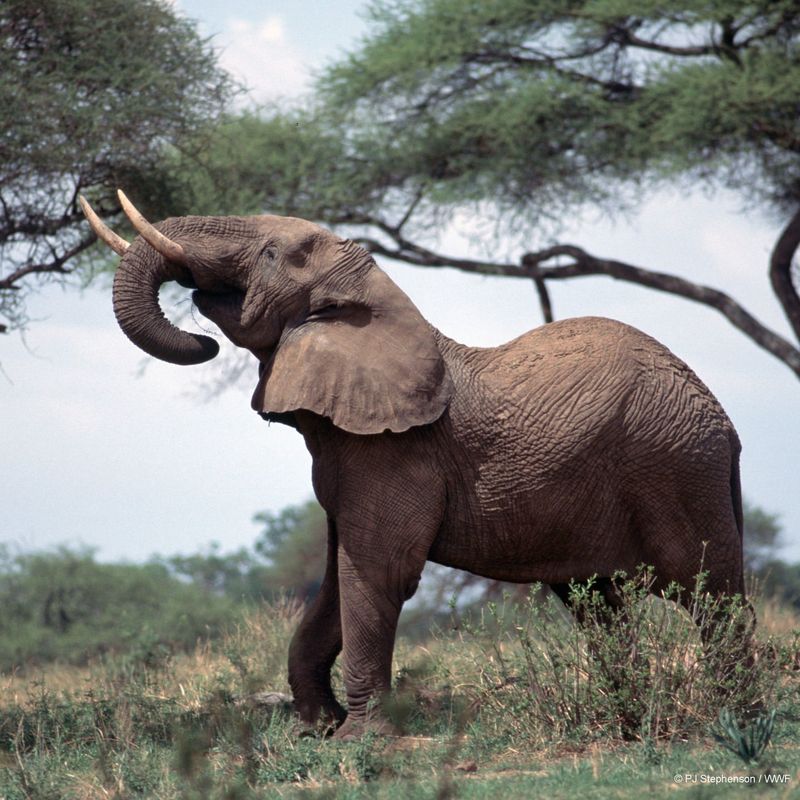
Despite their gentle appearance, African elephants can be fiercely aggressive when provoked or protecting their young.
Weighing up to 14,000 pounds, they have been known to charge vehicles, flip trees, and defend their herds with relentless force.
4. Saltwater Crocodile
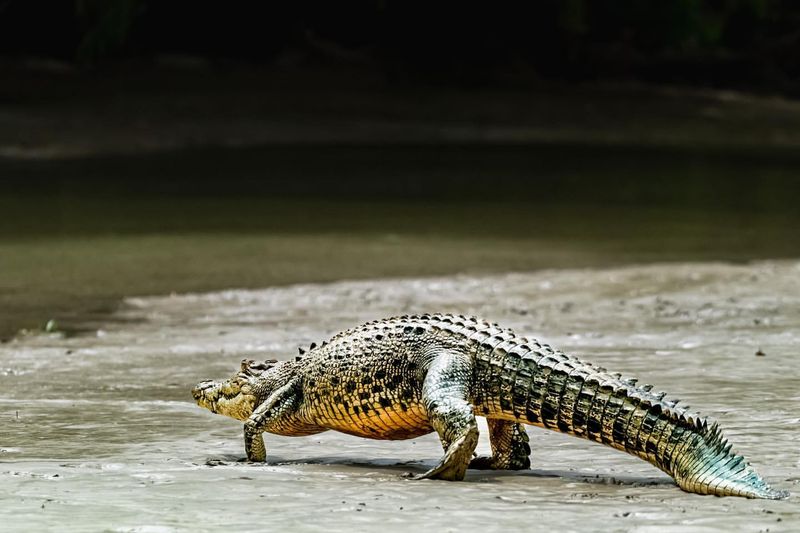
The saltwater crocodile is the largest—and arguably most dangerous—reptile on Earth.
Known for its explosive ambush attacks, it can crush prey with one of the most powerful bites in the animal kingdom. Its territorial nature and stealthy movements make it a true apex predator.
5. Cape Buffalo
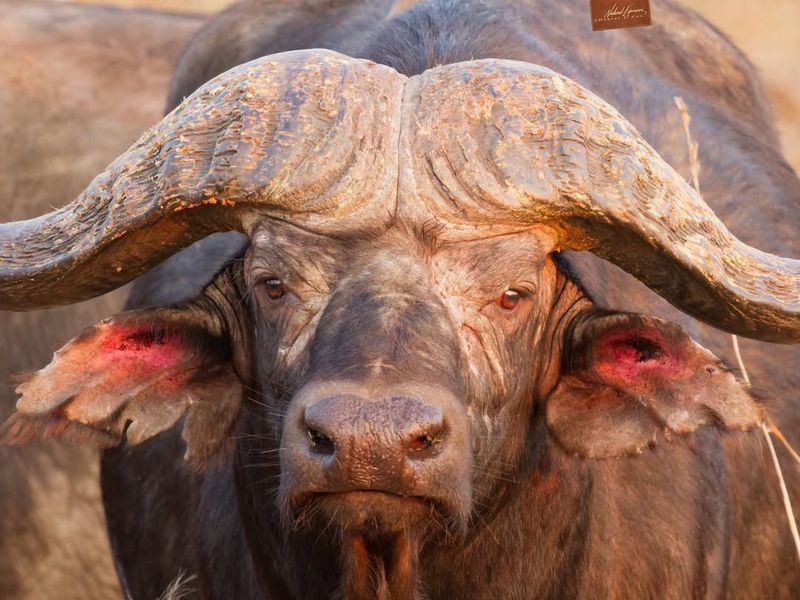
Nicknamed “Black Death” for a reason, the Cape buffalo is one of Africa’s most dangerous animals.
It’s fiercely territorial, unpredictable, and capable of charging with brutal strength. Even lions tread carefully around these tough herd animals.
6. Box Jellyfish
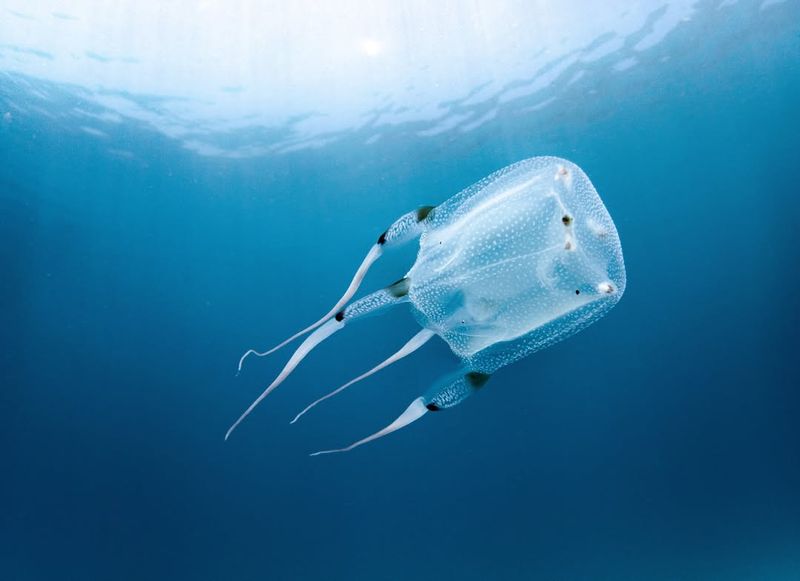
With translucent beauty that hides a deadly secret, the box jellyfish delivers venom so potent it can stop a human heart in minutes.
Found in warm ocean waters, this delicate-looking creature is one of the ocean’s most lethal threats.
7. Hippopotamus
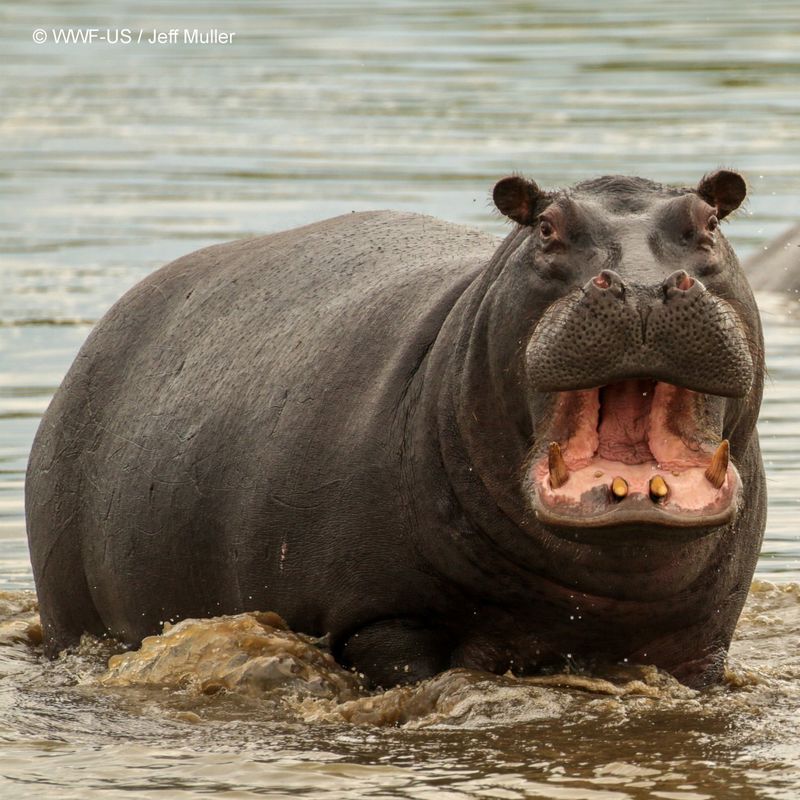
Hippos may look slow and docile, but they are surprisingly fast and extremely aggressive.
Responsible for more human deaths in Africa than most predators, they’ll charge without warning if they feel threatened—especially in or near water.
8. Great White Shark
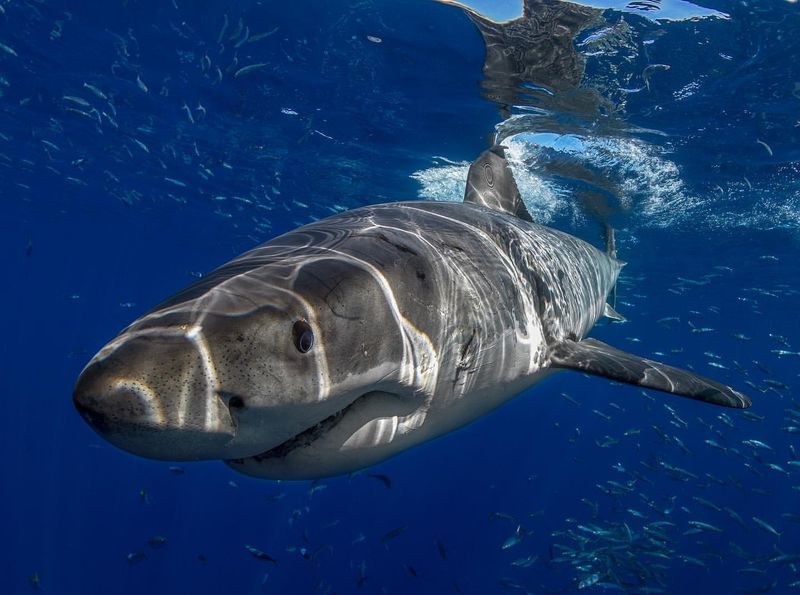
The great white is the ultimate ocean predator, combining speed, power, and precision.
With rows of razor-sharp teeth and a powerful bite, it can take down seals, dolphins, and even small whales. Its reputation as a fierce hunter is well earned.
9. Polar Bear
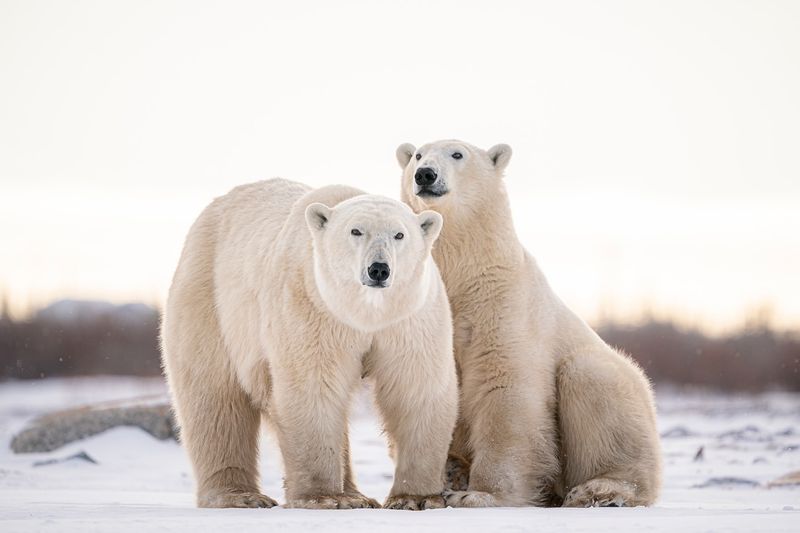
The largest carnivorous land mammal, the polar bear is a solitary and powerful hunter.
Equipped with massive paws and sharp claws, it dominates the Arctic ice. Its strength and persistence make it a fearsome force in one of the world’s harshest environments.
10. Komodo Dragon
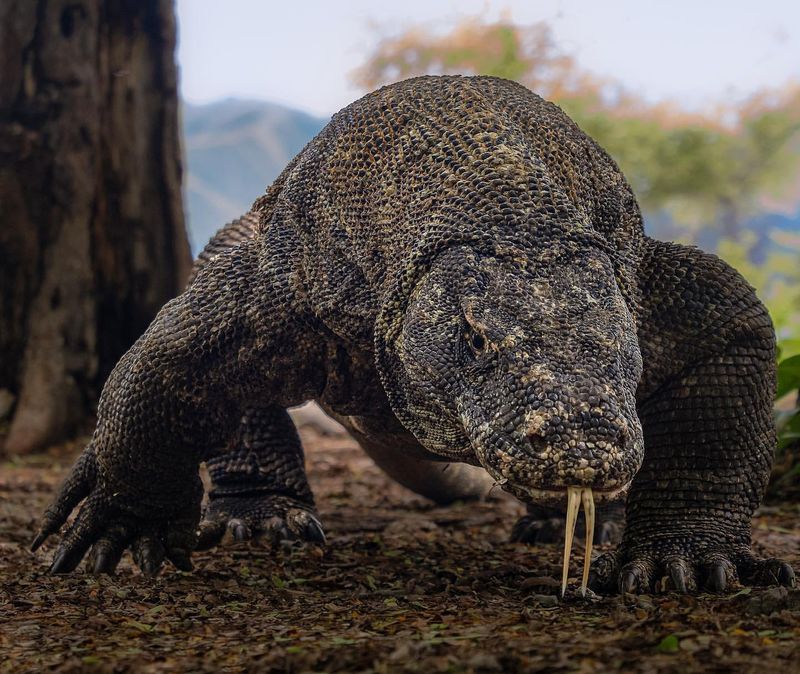
This massive lizard is a silent, stalking predator with a venomous bite and a deadly follow-up.
Once it sinks its teeth in, bacteria and venom do the rest. Even large prey like deer aren’t safe from this island-dwelling reptile.
11. Tasmanian Devil
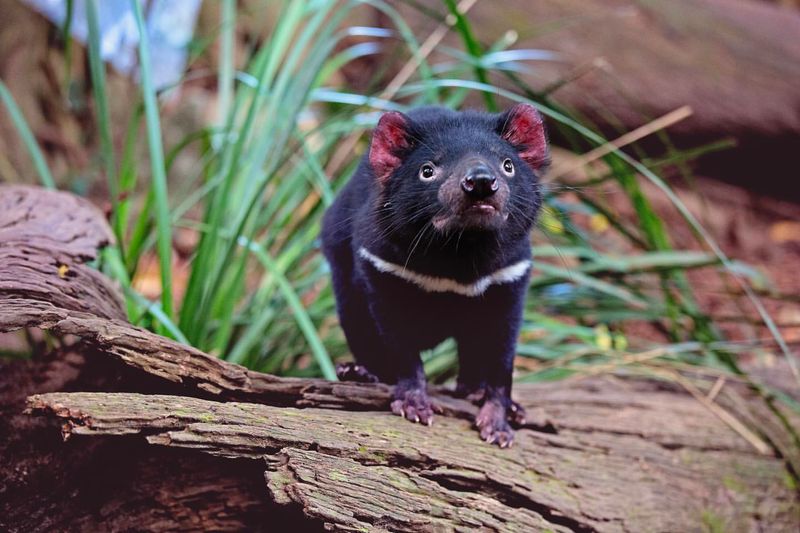
Small but ferocious, the Tasmanian devil is known for its bone-crunching jaws and aggressive feeding habits. It fights viciously over food and mates, often producing blood-curdling screeches.
Don’t let its size fool you—this marsupial is all fury.
12. Pufferfish
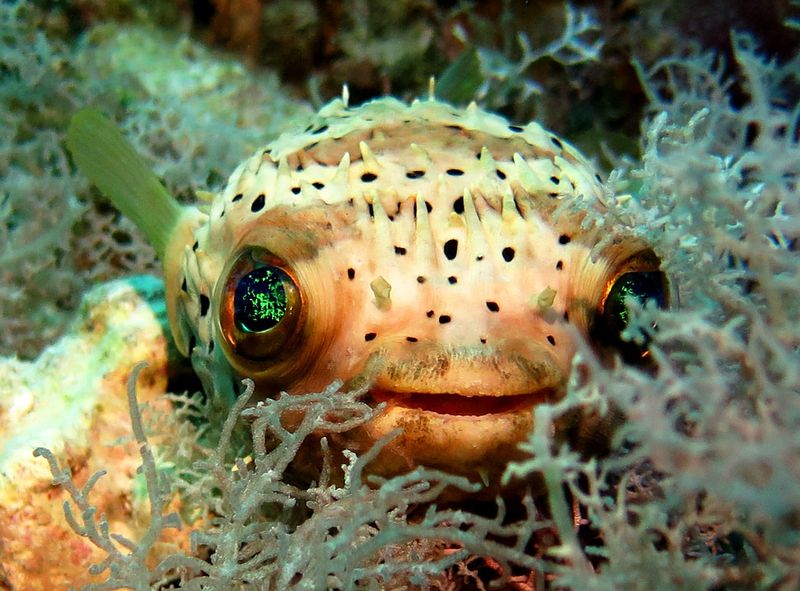
While its slow-swimming appearance might seem harmless, the pufferfish contains tetrodotoxin—a poison more potent than cyanide.
Just a small amount can be fatal, making this fish a deadly surprise in a disarming package.
13. African Lion
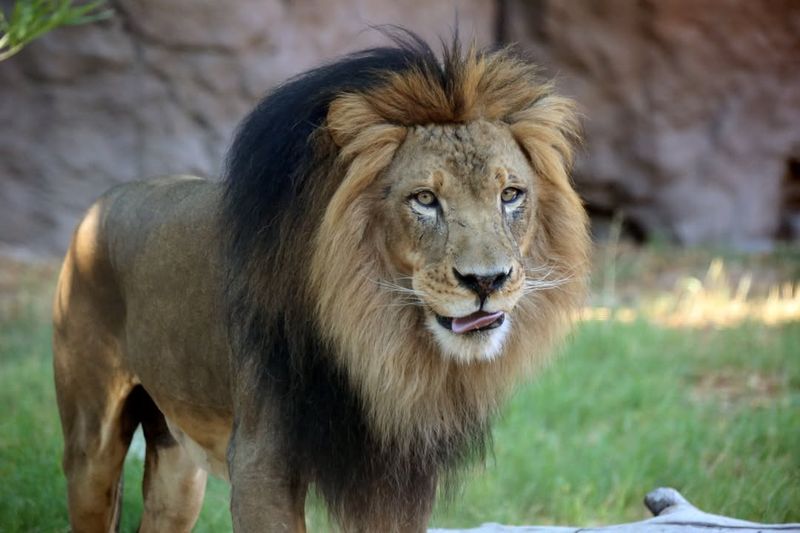
Lions may live in social prides, but they’re anything but tame. Known as the “King of Beasts,” their powerful roars and group hunting tactics allow them to take down prey much larger than themselves.
Their dominance and strength are unmatched on the savanna.
14. Black Mamba
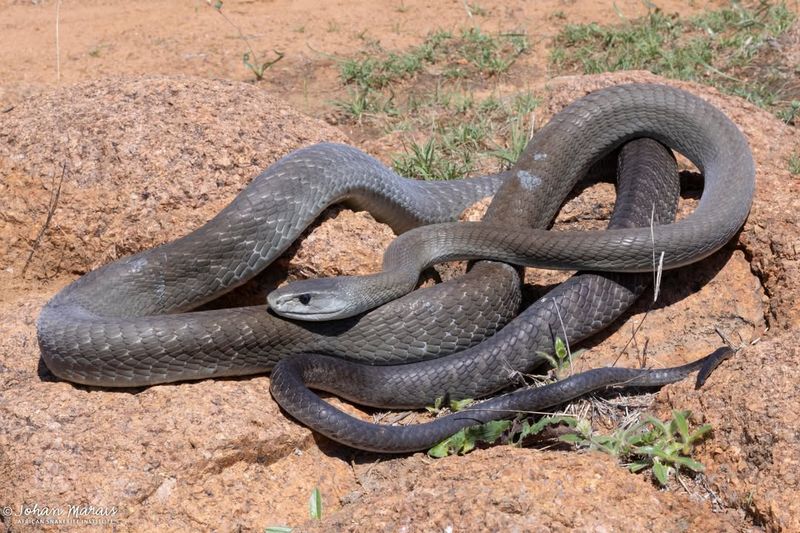
The black mamba is one of the fastest and most feared snakes in the world.
With a reputation for aggression and a venom that acts quickly on the nervous system, a bite can be fatal within hours if untreated. This snake is as deadly as it is fast.

